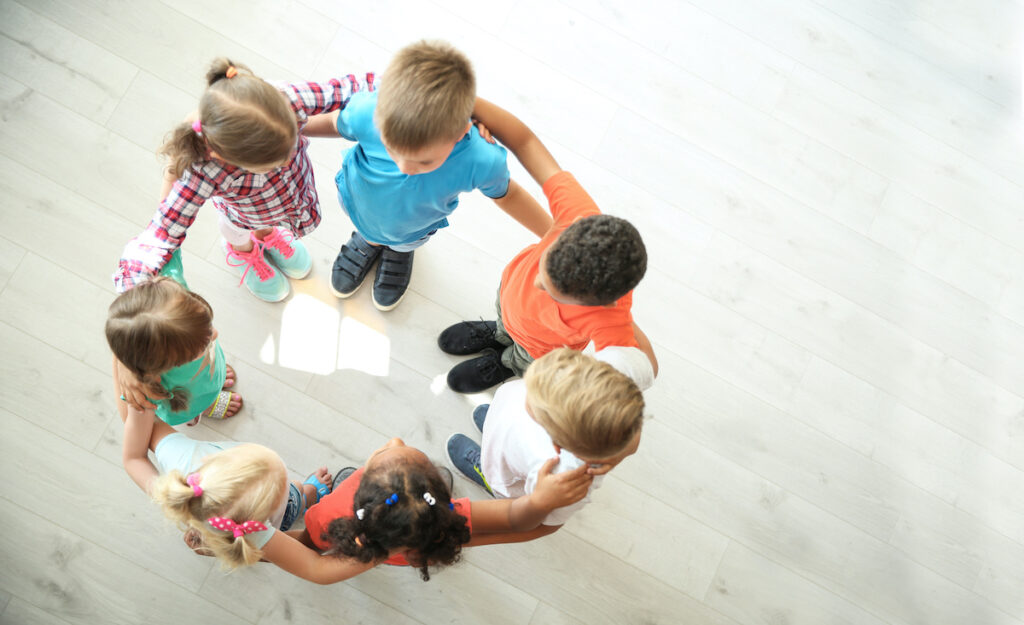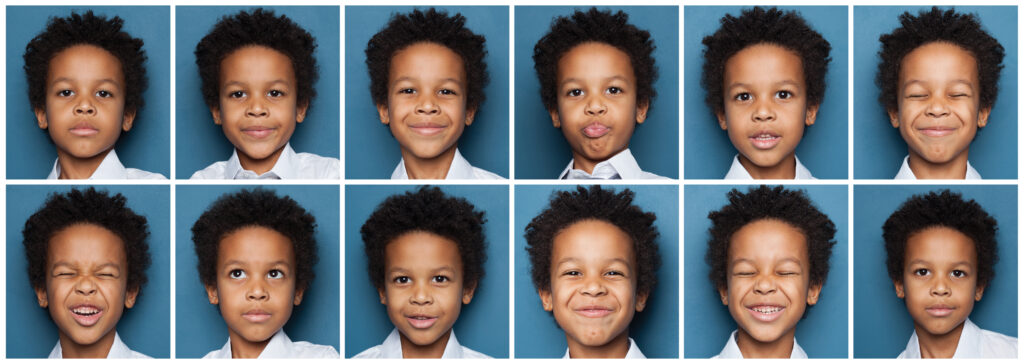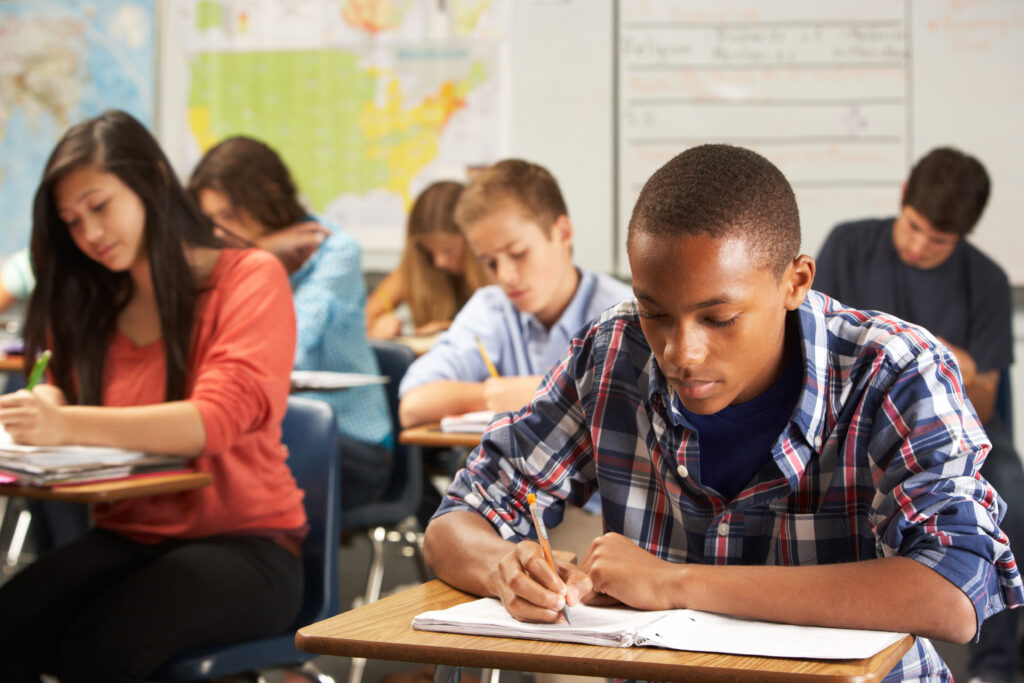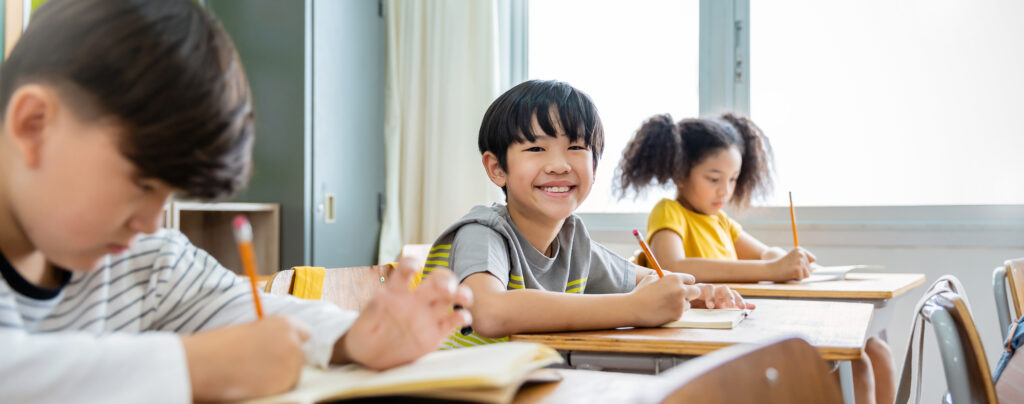Teamwork Skills (Grades K-5)

Overview:
An important part of building your teamwork skills is to be reflective. When you have successes or failures, always make time to reflect on what you did well and what you could do better or differently as a team. Thinking about the skills you need to build as a team will help strengthen your team and give individuals opportunities to grow their own teamwork skills.
Character Education Objectives:
Students will:
- work as a team to complete a task.
- reflect on the performance of their team.
- practice adapting and modifying a plan for success as a team.
Materials:
- Rope or yarn in a large circle tied together (large enough for all students to be able to stand and hold a piece of it)
- Bandanas or fabric
- Large open space
Lesson:
Large Group
- Place the rope/yarn in a circle on the ground and have students find a spot around it. Have students place their blindfolds on themselves and then pick up their piece of the yarn.
- Students will now need to work together to turn this circle into a square. They can do anything to make the square except take off their blindfolds.
- Give the students five minutes to complete the task. When five minutes is up, ask students to drop the rope/yarn and step back to see how close they were to making a square.
- Ask students to reflect on the activity with a “Praise and Polish” conversation. Instruct students to think about this reflection through the lens of teamwork.
- First, talk about things they did well as a team. Guide the conversation by asking questions about their communication and collaboration. Then, ask students to reflect on what they could better or differently next time. This conversation may need assistance, as they may start talking strategy. Keep them on track by encouraging them to make a plan around how they will work as a team.
- Put the rope/yarn back in the circle on the ground. Have the students find a space and put their blindfolds on.
- Students will have the same instructions as the first time, but this time encourage them to think about their praise and polish as they work together.
- Give the students five minutes to complete the task. When five minutes is up, ask students to drop the rope/yarn and step back to see how close they were to making a square.
Journal/Discussion
Encourage students to journal or discuss the following prompts:
- Was there a difference between the first time and the second time you made the square? What were some of those differences?
- Think about the things your team chose as things they could do better or differently for the second time. Did those changes help you be successful?
- Praise and polish your team’s second attempt at the square.






